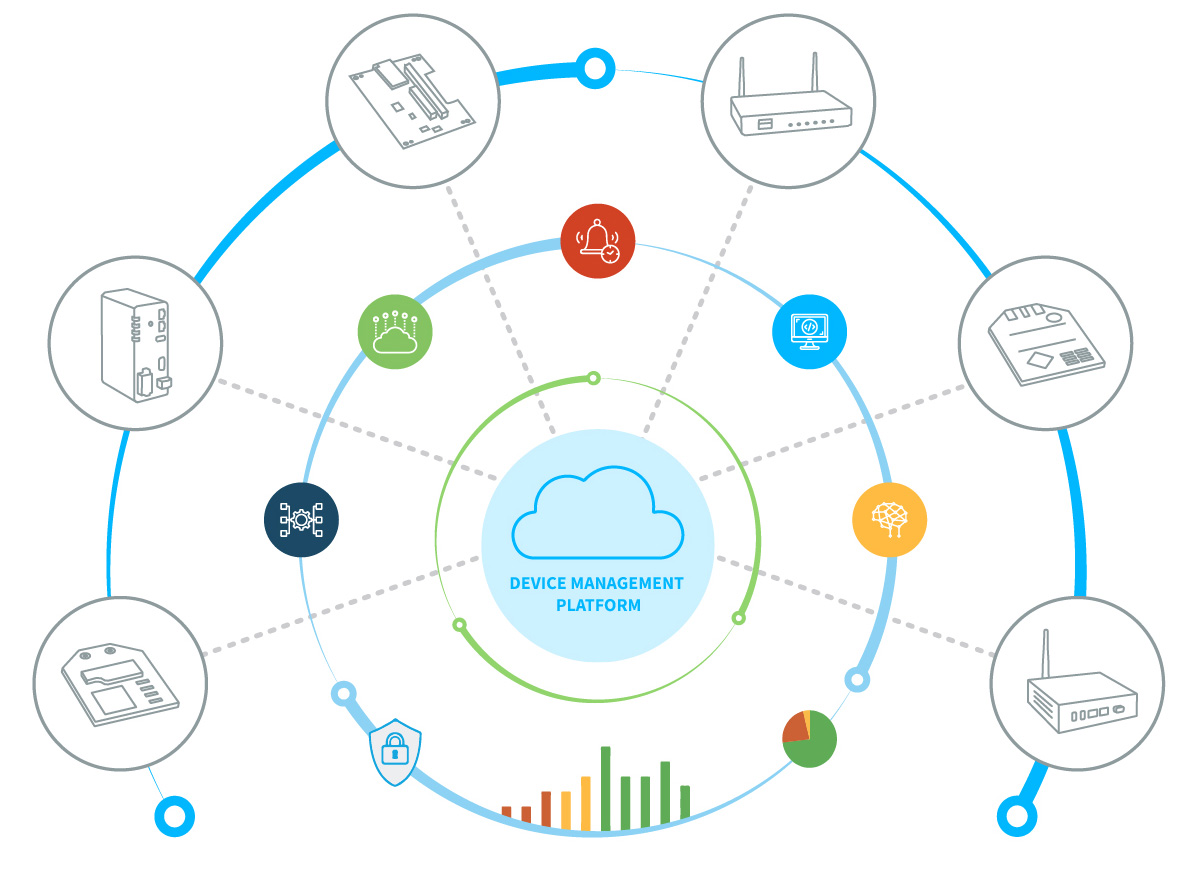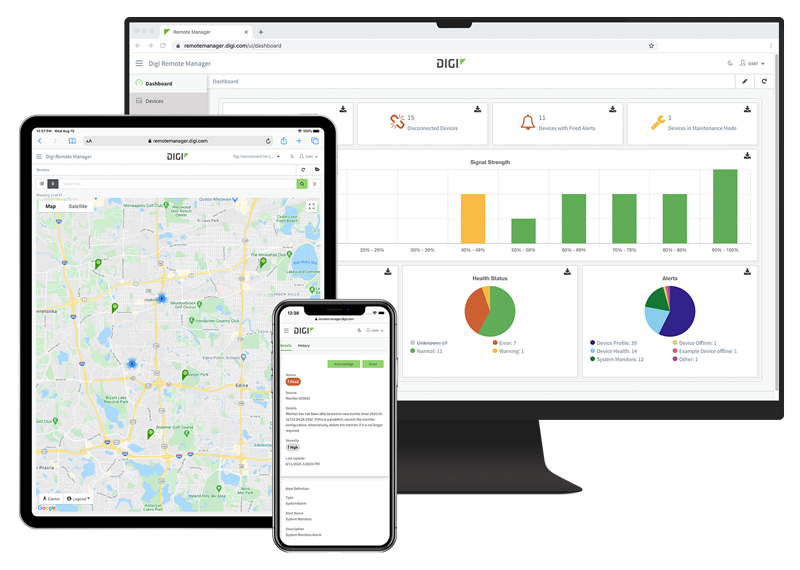如果您目前没有采用网络协调,那么您可能会把钱白白浪费掉。这是因为网络连接可能是您为客户提供服务的重要组成部分。此外,您的网络也可能没有像其他产品和服务一样得到优化。由于高昂的燃料成本和持续的通货膨胀导致 IT 服务成本上升,企业希望削减预算。
但如果既能削减预算,又能改善网络,又会怎样呢?这就是网络协调发挥关键作用的地方。除了提高效率,它还能让您的组织为 "下一步 "做好准备。让我们来详细了解一下网络协调的内涵及其如何提高效率。
什么是网络协调?

网络协调是一种重要的自动化形式,随着网络变得越来越大、越来越复杂而变得流行起来。网络协调可协调管理人、设备和系统之间的一个或多个网络交互。它能确保这些互动安全、高效和有效。
任何组织都能从网络协调中受益,因为它能提高效率。它可以执行日常任务,让 IT 人员专注于更复杂的工作。它可以实现任务自动化,从而使您无需雇佣额外的员工。最重要的是,它能让您比竞争对手更快地扩展解决方案。
以下是我们对网络协调的定义:
网络协调是将设置和管理网络设备、应用程序和服务所涉及的整个基于规则的流程自动化。
但这与传统的网络管理有何不同?让我们仔细看看。
管理与网络协调有什么区别?

网络管理包括与管理企业网络日常运行相关的所有活动。网络管理员跟踪性能、配置设备、排除故障并确保安全。此外,网络管理员还负责监视系统,以便对中断或其他问题做出快速反应。
通过自动执行某些手动任务(如配置更改),网络协调又向前迈进了许多步。这可以大大减少管理大型复杂网络所需的时间。通过协调,网络管理员可以专注于更具战略性的计划。此外,它还有助于降低成本。无需 IT 人员进行部署和维护,有助于在不增加人员的情况下扩大规模。让我们来详细了解一下这些优势。
为什么要进行网络协调?
.png?lang=en-US)
随着企业的发展壮大,网络也必须随之发展。在某些时候,网络管理会变得复杂而低效。这种复杂性和低效率会影响 IT 预算和服务质量。据《企业管理》杂志称,企业将50%以上的IT 预算用于低效的网络配置和管理。这是一个很大的比例。
思科的一份报告显示,95% 的网络变更都是手动完成的。这导致运营成本高达网络成本的3 倍。 除运营成本外,人工网络管理还处理了高达80% 的网络故障。换句话说,人工网络管理正在蚕食您的预算和运营效率。
协调的好处
以下是网络协调相对于传统网络管理的优势:
- 提高投资回报率- 通过实现常规流程自动化,网络协调可加快新产品或服务的上市速度。
- 更好的服务质量- 当网络支持关键任务运行时,您希望减少错误。网络自动化可大大减少因人工干预日常任务(如配置更改或设备部署)而造成的错误。
- 更快的响应时间- 自动化流程可提醒网络管理员,使他们能够更快地对故障或其他问题做出响应。
- 节约成本- 随着企业的发展,网络协调可自动完成越来越多由熟练 IT 人员完成的重复性任务,而无需增加新的人员。这样,您就可以在扩大规模的同时降低运营成本。
网络协调为谁服务?
网络管理员面临的主要挑战之一是网络运营成本的不断上升。随着网络中连接设备数量的增加,数据量也在增加。无论您从事哪个行业,网络发展到一定程度就会变得过于复杂或臃肿,无法进行人工管理。
根据《财富》商业洞察,已经采用网络协调的行业包括电信和 IT 行业。但在 2027 年之前,投资于工业自动化和智能制造的制造企业可能会引领网络自动化的发展。
受益于网络协调的热门行业
- IT 服务- 网络协调和自动化服务可实现网络服务的配置、监控、故障排除和安全管理,同时最大限度地减少错误和成本
- 电信- 对于电信公司来说,如果没有网络协调,就不可能管理复杂的关键任务通信网络。
- 制造业 - 智能工厂自动化要求在网络上的众多联网机器和设备之间进行稳健、高速和不间断的通信
- 运输与物流- 智能高速公路和车对万物(V2X) 网络需要网络协调工具和自动化,以实现可支持自动驾驶的分布式边缘云环境
网络协调是管理大型复杂企业网络的重要工具。通过自动化某些任务(如配置更改),企业可以节省时间、资金和资源。同时,它们还能确保网络始终保持可靠和安全。您是正在寻找更好的网络基础设施管理方法的首席信息官吗?或者您是一名负责管理 IT 网络的网络主管?无论如何,您都必须了解网络协调与传统网络管理的不同之处。因为您的工作就是确保您组织的基础架构现在和将来都能高效、安全地运行!
自动化与协调之间有何区别?
自动化和协调有相似之处,但也有一些重要区别。网络协调涉及整个网络流程和操作的自动化。自动化是指自动运行单个不受监控或管理的任务。
什么是 5G 协调?
随着5G开始扩展并增加新服务,电信等行业必须管理网络切片、IoT 和边缘设备。他们必须在提供客户所期望的服务水平的同时做到这一点。5G 网络协调可以管理、配置、跟踪和采取纠正措施,以确保服务的连续性。
什么是网络协调平台?
网络协调平台是一套集成工具,可帮助从单一 "玻璃面板 "自动化、管理、配置、故障排除、保护和部署所有路由器、交换机、防火墙和其他网络设备。 随着网络规模和复杂性的增长,网络自动化和协调平台是在数百甚至数千台设备上几乎即时进行网络变更的唯一经济高效的方法。
获取适合您的网络协调平台

Digi 为各种行业和公司提供端到端无线通信解决方案,这些行业和公司的网络需要最强大、最可靠、最经济实惠的硬件和软件。我们的专业设计、实施和认证团队可以帮助您开始网络协调之旅--无论您处于哪个阶段。
Digi Remote Manager®是我们的管理和协调工具,任何公司都可以使用它来最大限度地提高效率。先进的云协调功能使用户可以从任何地方跟踪和控制许多网络中的所有兼容设备。界面直观。它提供了一种管理设备群的简单方法。它使企业能够降低风险、消除复杂性并大幅削减运营成本。所有这些都无需改变当前的工作流程管理基础架构。
通过Digi Remote Manager ,您可以获得
- 一流的云计算和边缘工具,专为快速部署设备和管理资产而设计
- 对所有IoT 设备和资产性能进行安全监控,并通过双向通信进行安全监控
- 自动进行大量固件和软件更新的能力
- 边缘设备管理
- 开放式应用程序接口,可通过第三方应用程序进行更深入的了解和控制
- 有关网络健康和设备状况的实时警报和详细报告
下一步工作